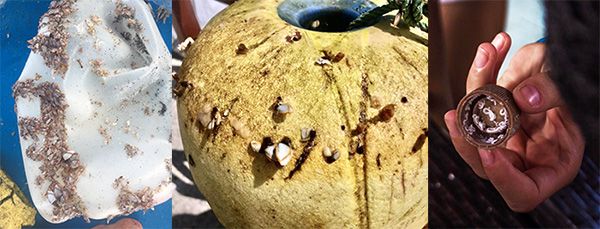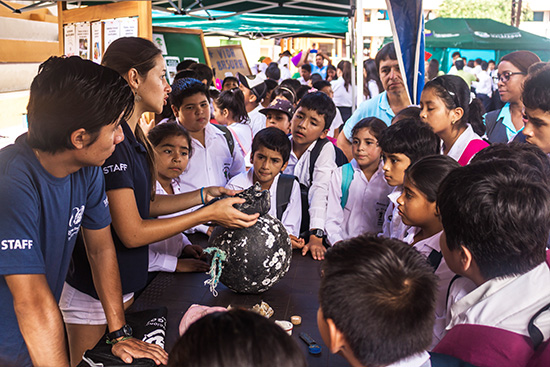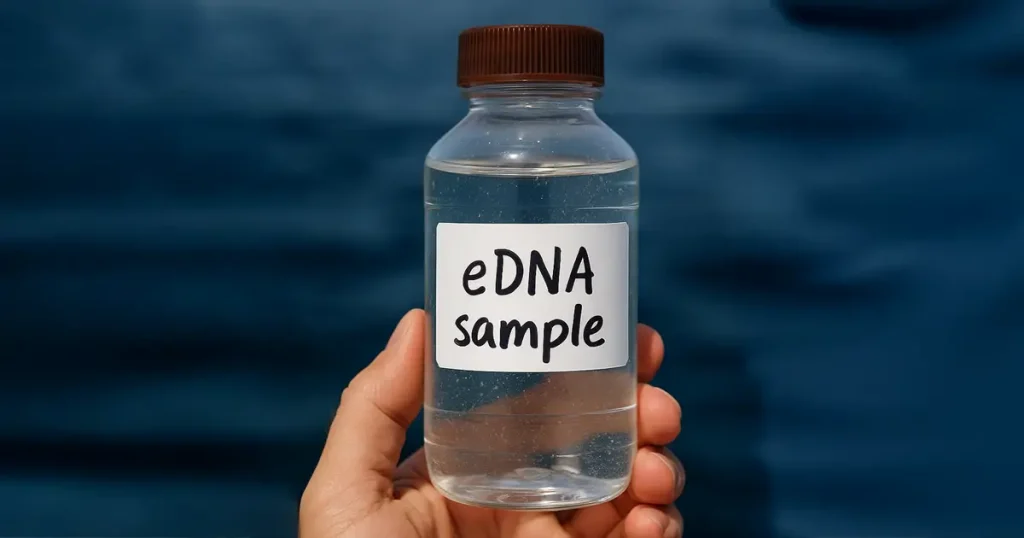Unravelling the Silent Marine Invasion in Galápagos
By Patricia Isabela Tapia, research assistant for the Marine Invasive Species Program at the Charles Darwin Foundation

Growing up in the world’s most famous natural laboratory of evolution is a unique experience. Local children develop a special relationship with nature from a very young age, and we almost innately learn to protect it. Just as it is a privilege to live here, I believe that honor also carries a personal responsibility.
Being raised in the Galápagos helped me realize that, just as we rely on nature, our actions that threaten it could destroy our own existence. This understanding guided my decision to study biology in college, as I was looking for a career that would help protect my home with impactful solutions. In 2019, I was given the opportunity to be a research assistant with the Marine Invasive Species Program (MISP) led by Dr. Inti Keith of the Charles Darwin Foundation.
The MISP conducts research on invasive species in the Galápagos Marine Reserve aimed at guiding decisions for their prevention, early detection, and management. Every day our work contributes to minimizing the negative impacts of marine invasive species on the Island´s unique ecosystems and biodiversity.


Invasive species have social and economic impacts on our communities, and tackling such invasions requires researchers to work with an empowered community that understands the importance of protecting nature. The MISP team have achieved important results and continue to carry out ground-breaking research since the program began more than eight years ago. Before the program started, only five introduced species were known to exist in the Marine Reserve. Our investigations have now identified 53 introduced species — and as the work continues in this largely unexplored field, this number is expected to increase significantly.
We have collected marine debris — most of it plastic — across the Islands and identified any organisms attached. This alone confirms that marine debris acts as a means for transporting invasive species. As of 2019, we have analyzed 1,442 samples and recorded 11,267 individual organisms. Of concern is that about 25% of all plastic debris found on Galápagos beaches was colonized by at least one animal or plant. Participating in this research is amazing, as the information generated from our work will help create management strategies that improve the conservation of this unique marine world.

The concept of “invasive species” is well known in our community, though generally, people think of terrestrial species such as feral goats, pigs, rats, ants, blackberry, etc. However, few people know about what affects life in the ocean, including myself until I volunteered with this program three years ago. Therefore, equally as important as the research is sharing the stories through outreach and education activities with children from local schools and the community in general.
The COVID-19 pandemic has affected our planned activities, especially field work, but we have turned these times of crisis and uncertainty into an opportunity to focus on important activities such as the taxonomy update of our marine species list, oceanographic models, data analyses and publications. We have also improved our tools and strategies to communicate the science, especially to young Galapagueños. We aim to not only engage and inform, but to empower and perhaps inspire some of them to pursue a career in conservation, like my colleagues and me.





